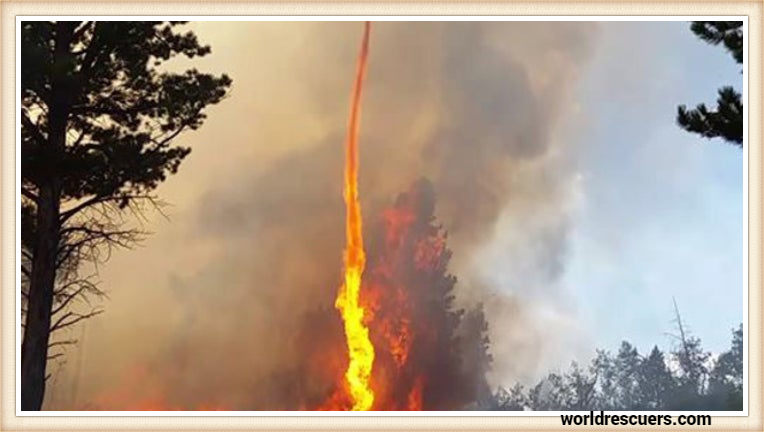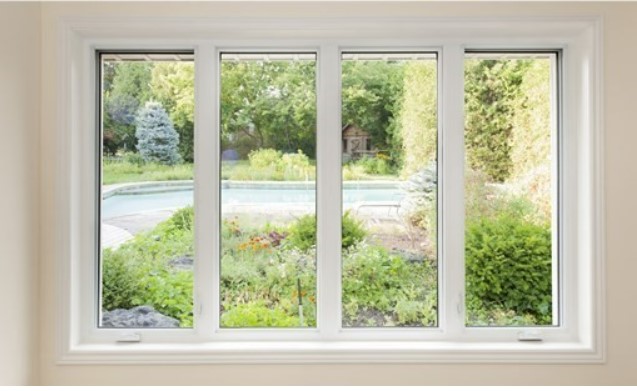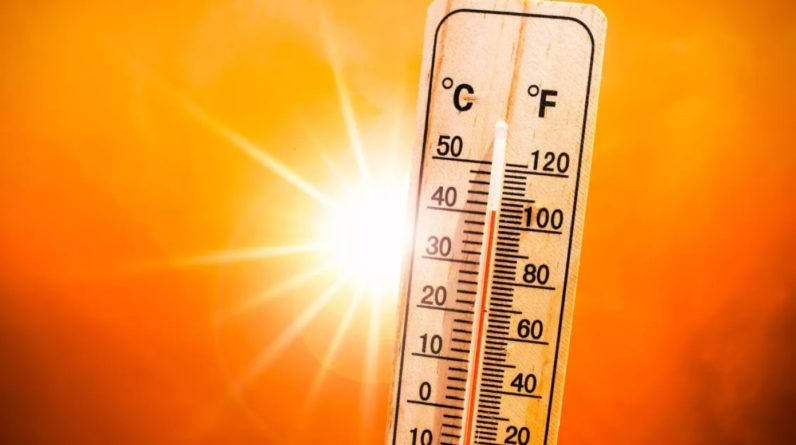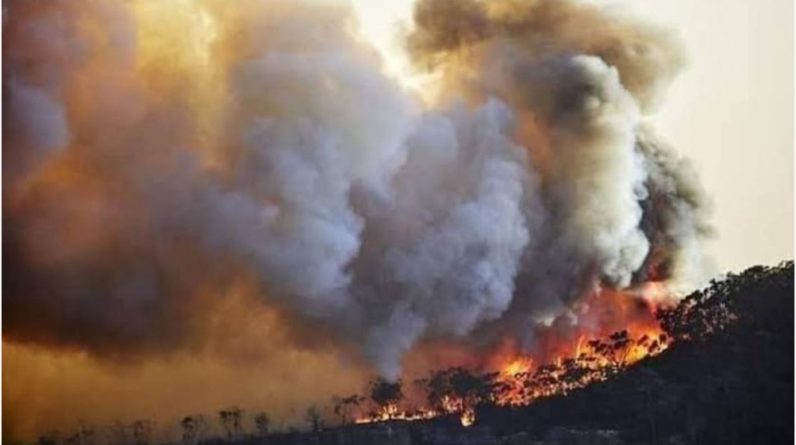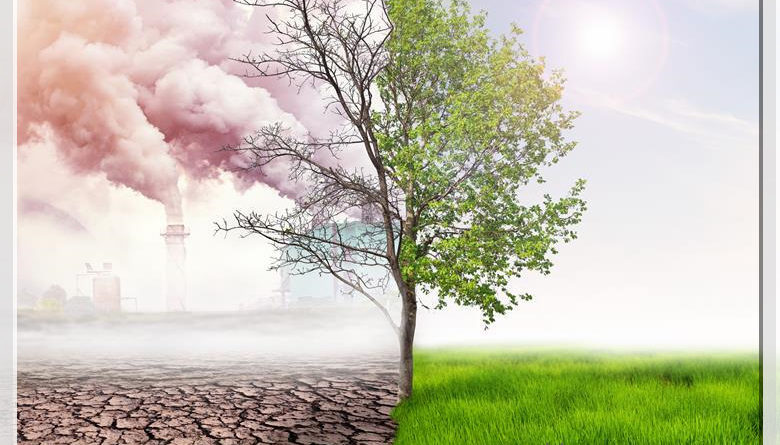
What is Air Pollution?
Let us have a look at ways to reduce air pollution and talk about how we can measure air quality?. We’ll then talk about indoor air pollution, why it’s a problem, sources of pollution, and ways to reduce it. But first, what is air pollution?
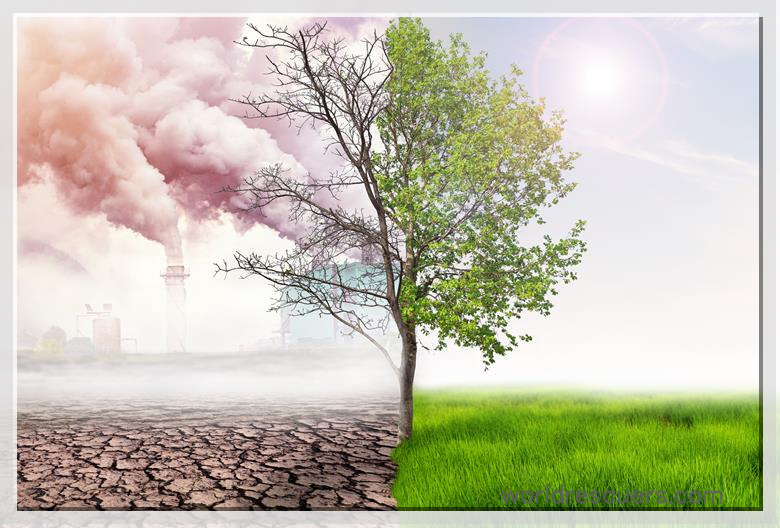
Air pollution occurs when the air is contaminated with any chemical, physical or biological agent. It is the world’s largest environmental health risk. Leading to millions of deaths around the world each year. Although anyone can be affected by air pollution, the most vulnerable people include the elderly, children, and people with chronic lung or heart disease.
Outdoor Air Pollution.
The outdoor air can be polluted by natural sources or human sources. Natural or biogenic sources of air pollution include pollen, bushfires, or dust from deserts. Pollution of the air from human sources is also called anthropogenically. Air pollution is commonly due to industries. The burning of fossil fuels and the use of motor vehicles. There are hundreds of different types of air pollutants. Let’s take a quick look at a few important ones. Particulate matter is a complex mixture of small particles and liquid droplets that are mainly from industry or motor vehicle exhausts.
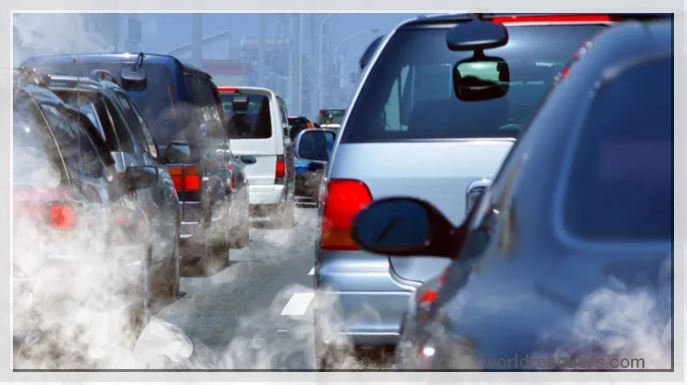
Dust storms or bush fires can also generate large amounts of Particulate matter (PM). Particulate matter is classified according to the diameter of the particles. The health effects of particulate matter are mostly due to particles that are less than 10 μm in diameter. These particles can reach the deepest part of the lungs and enter the bloodstream. Nitrogen dioxide is usually formed when fuel is burned at a high temperature. Common sources are the exhaust of motor vehicles, industry, power plants, and gas stovetops.
Carbon monoxide is colorless and odorless and is formed when the carbon and fuel don’t burn completely. The main source of carbon monoxide is motor vehicle exhausts and therefore carbon monoxide levels are very high in areas with heavy traffic congestion. Other sources include industry incinerators and bushfires. Sulfur dioxide is a gas that can be produced when sulfur-containing fuels are burnt.
Industrial Processes
During industrial processes like in power plants and refineries, lead is produced mostly as a result of metal and ore processing. Motor vehicle exhaust used to be a major source of lead pollution. Regulatory efforts to reduce lead and fuel have led to a massive reduction in lead emissions. Ozone is a gas that is not emitted directly to the air but is formed as a result of sunlight acting on other chemicals in the air. Ground-level ozone is a pollutant, whereas ozone that occurs naturally in the upper atmosphere has a protective function. Hundreds of other air pollutants can lead to adverse health effects.
So what are the health effects?
Exposure to air pollution can result in a wide range of short and long-term health effects. The health effect will depend on factors. Like the type of pollutant, concentration, length of exposure, and individual characteristics of the person exposed to it. It can range from minor symptoms like irritation of the eyes, nose, and throat to more severe conditions like heart and lung disease or cancer. It can also lead to increased hospital admissions and an increase in death rates. In 2012, outdoor air pollution was estimated to have caused three to 7 million deaths around the world. In addition to causing health effects, air pollution can also lead to damage to property, reduced visibility, and other effects on the environment, like acid rain.
What can we do to reduce air pollution?
There are many different ways to reduce this problem. These require the combined effort of governments, industry, and individuals. Governments can take actions like developing standards, and regulating the level of pollutants in the air. Developing policies to reduce the environmental impact of development and using clean energy sources. Industry can take steps like reducing the emissions to the environment, and taking measures to prevent pollution accidents. Developing technology to reduce emissions like electric cars. At an individual level, reducing the reliance on fossil fuels can be achieved with actions like walking, using public transport, or choosing energy-efficient means of living and transportation.
Let’s have a look now at how air quality is monitored.
Most countries have national laws and regulations to control air pollution. These usually set out air quality standards that make the organizations are bound to adhere to. Every country set out its standards to follow in its industrial sectors. The factors like technological feasibility, economic considerations, capacity for air quality, management, and political and social factors can affect these standards. These standards specify the concentration of several selected pollutants, called criteria pollutants, that are allowed in the air. A useful way to track air pollution against national standards is a measure called the Air Quality Index. This is a simple numerical or color code representation of how clean the air is. There are different ways of calculating the AQI, but it’s essentially a measure of the level of a pollutant we compare to the national standard.
Indoor Air Pollution.
Now. Although indoor air quality has always been directly linked with outdoor air, we can have both differently by doing some efforts. This is because there could be many sources of indoor pollutants. The most common source of indoor pollution in the world is solid fuels like wood, charcoal, dung, or crop waste which we use for cooking or heating. Around the world, over 3 billion people use simple stoves or open fires to cook or heat their homes.
These methods are inefficient and can lead to the generation of pollutants like particulate matter, which can result in concentrations indoors of up to 100 times more than that of the outdoor air. Other sources include tobacco smoke and chemicals released from building materials. Like furnishings and household products, pesticides, as best containing, insulation. And products used for household cleaning. Factors like inadequate ventilation and in some cases, heat and humidity can worsen.
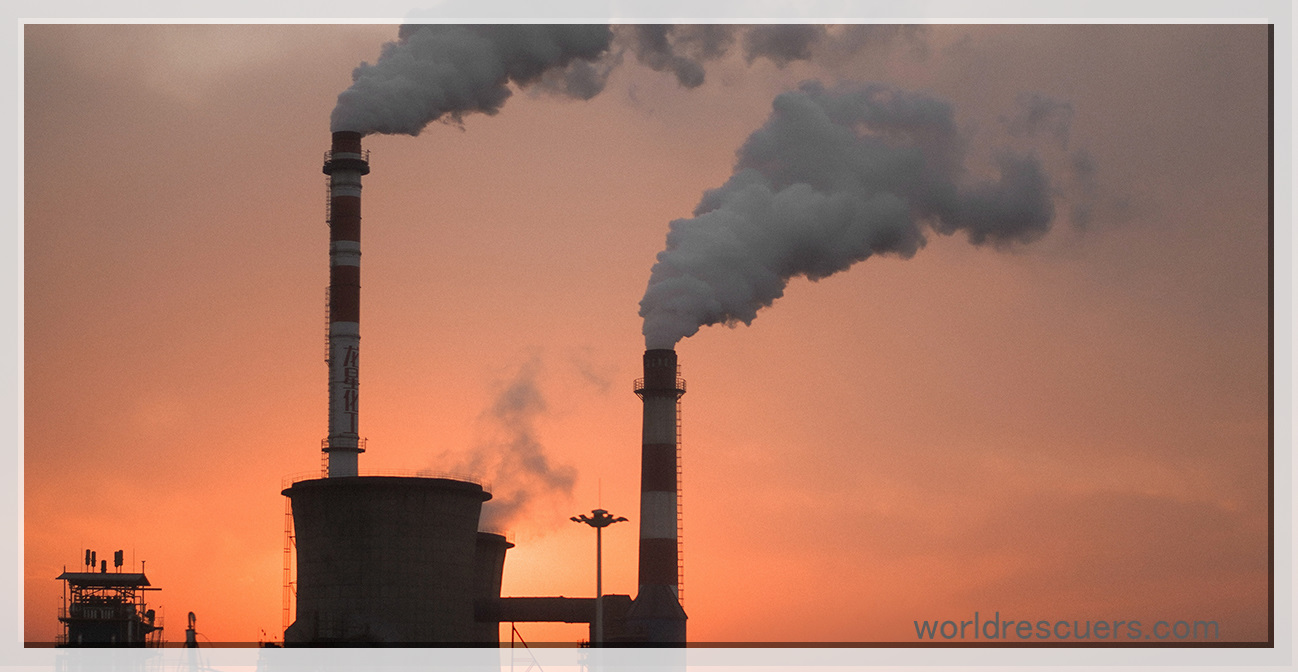
Health Effects
Exposure to indoor air pollution can lead to health effects similar to those caused by outdoor air pollution. In 2012, the World Health Organization estimated that 4.3 million people died due to illnesses that could be attributed to household air pollution caused by the use of solid fuel. There are several ways to reduce indoor air pollution, including controlling it at the source. This includes actions like changing from solid fuels to cleaner and more energy-efficient solutions. Like biogas electricity or solar power, improving cooking devices. And reducing the need for open fire heating by constructing energy-efficient housing making improvements to the indoor environment.
This may include increasing ventilation through windows or chimneys or other design features like having the kitchen separate from the house. Behavioral changes like properly maintaining stoves and chimneys can reduce the accumulation of pollutants. We can reduce the exposure to indoor pollution with actions such as using pot lids to conserve heat and minimize cooking time. So that’s a look at Air Pollution an important public health issue. We’ve had a look at outdoor air pollution. Different types of pollutants in their sources, ways to reduce pollution, and measure the quality of air. We’ve talked about indoor air pollution. Why it’s a problem, sources of pollution, and ways to reduce it.
The Rescue 1122 Role to Reduce the Air Pollution.
The Rescue 1122 Services to improve the environment in Pakistan are not hidden. Rescuers are planting and taking care of millions of trees. The Clean and Green world campaign is the recommended campaign for all the world for the betterment of the world environment.

Hi, I am John Smit a Captain in Fire Department City of Newyork with over years of experience in the field of Firefighting and HSE. My passion for fire safety started when I was a young boy and witnessed a neighbor’s house go up in flames along with precious lives. Since then, I had dedicated my life to ensuring the safety of buildings, properties, and individuals in case of a fire and medical emergencies.

